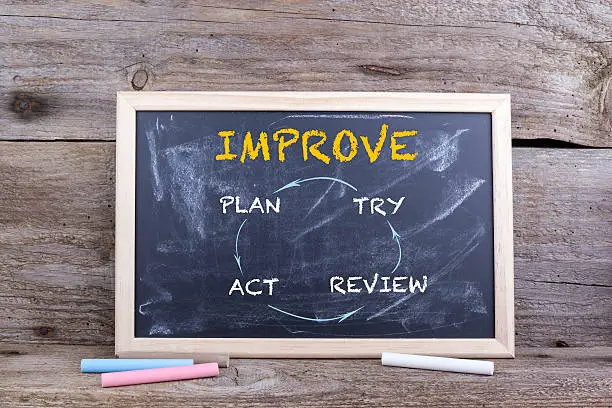Maximizing Employee Engagement: 10 Strategies for Success

Employee engagement is the cornerstone of a thriving workplace culture. When employees are engaged, they are more productive, committed, and enthusiastic about their work. However, fostering and maintaining high levels of engagement requires intentional strategies and consistent effort from employers. In this article, we’ll explore ten effective employee engagement strategies and provide examples of how organizations can implement them to create a more engaged workforce.

Maximizing Employee Engagement: 10 Strategies for Success
| Engagement Strategy | Description | Example |
|---|---|---|
| 1. Foster Open Communication | Create channels for transparent communication where employees feel comfortable sharing ideas, concerns, and feedback. | Example: Implement regular “town hall” meetings where senior leaders provide updates and invite employees to ask questions and share feedback openly. |
| 2. Provide Opportunities for Growth | Invest in employee development through training programs, workshops, and mentorship opportunities to support career progression. | Example: Offer tuition reimbursement for employees pursuing further education or professional certifications relevant to their role. |
| 3. Recognize and Reward Achievements | Implement a formal recognition program to acknowledge exceptional performance and contributions, fostering a culture of appreciation. | Example: Recognize Employee of the Month with a certificate, public acknowledgment, and a monetary bonus for their outstanding performance. |
| 4. Promote Work-Life Balance | Offer flexible work arrangements, such as remote work options or flexible hours, to support employees’ well-being and promote a healthy work-life balance. | Example: Allow employees to adjust their work schedules to accommodate personal commitments or family obligations, promoting greater work-life harmony. |
| 5. Foster a Positive Work Environment | Cultivate an inclusive and supportive work environment where diversity is celebrated, and all employees feel respected and valued. | Example: Organize diversity and inclusion training workshops to raise awareness and promote understanding of different backgrounds and perspectives. |
| 6. Empower Employees with Autonomy | Delegate authority and encourage employees to take ownership of their work, fostering a sense of autonomy, responsibility, and accountability. | Example: Allow employees to propose and implement their ideas for process improvements or innovative solutions to workplace challenges. |
| 7. Promote Team Building and Connection | Organize team-building activities and social events to strengthen relationships and foster a sense of camaraderie among team members. | Example: Host virtual team-building activities like online trivia nights or virtual escape rooms to promote collaboration and bonding among remote teams. |
| 8. Lead with Authenticity and Empathy | Demonstrate authentic leadership by showing empathy, understanding, and vulnerability, fostering trust and rapport with employees. | Example: Leaders openly share personal experiences and challenges, demonstrating vulnerability and creating a culture of authenticity and empathy within the organization. |
| 9. Solicit and Act on Feedback | Regularly seek feedback from employees and take action to address concerns and implement changes based on their input, demonstrating a commitment to listening. | Example: Conduct quarterly employee surveys to gather feedback on workplace satisfaction and areas for improvement, followed by action plans to address key issues. |
| 10. Promote Meaningful Work | Help employees connect their work to the organization’s mission and values, highlighting the impact of their contributions on company goals. | Example: Share success stories and testimonials from clients or customers, illustrating how employees’ efforts directly contribute to achieving the company’s mission. |
Conclusion
By implementing these employee engagement strategies and customizing them to suit the unique needs and culture of your organization, you can create a workplace where employees feel valued, empowered, and motivated to excel. Remember that fostering employee engagement is an ongoing process that requires commitment, communication, and continuous improvement. With a concerted effort to prioritize employee engagement, you can cultivate a positive and thriving workplace culture that benefits both employees and the organization as a whole.







